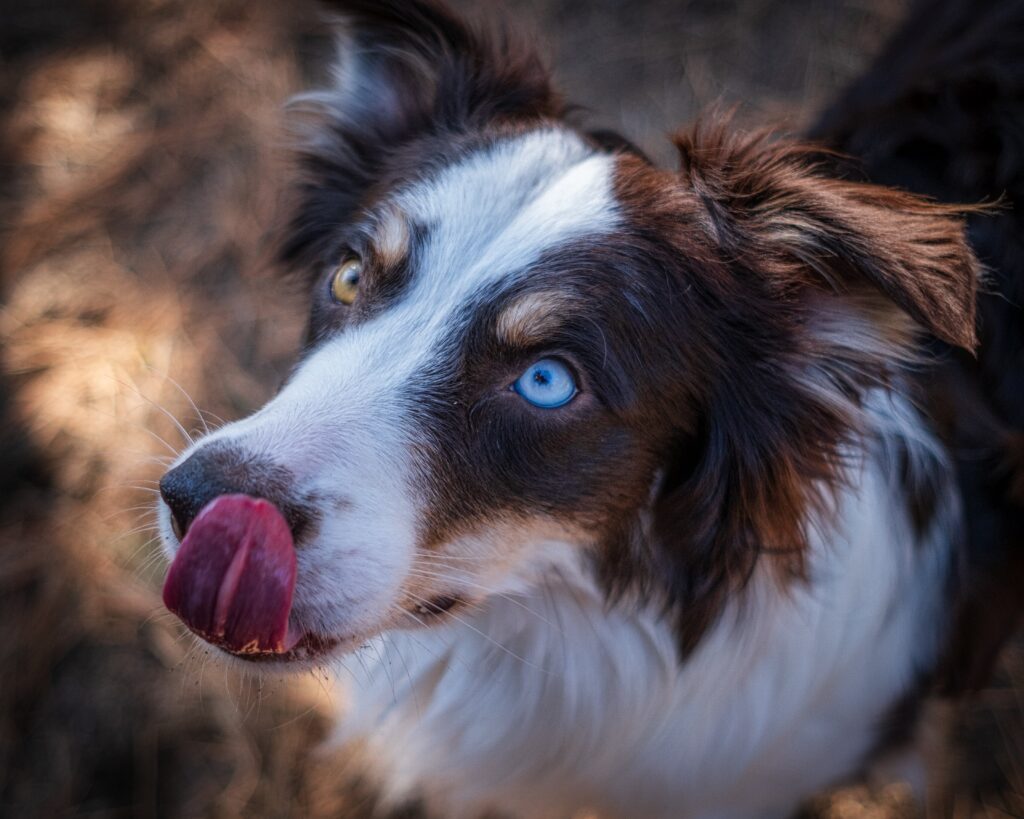There’s something magical about a Puppy Pitbulls with blue eyes. Their piercing gaze exudes a blend of innocence and mystique, captivating anyone who meets them. Combine that with their robust build and fiercely loyal personality, and you’ve got a puppy that’s hard to resist. This guide dives deep into their unique traits, care needs, and more, ensuring you’re equipped to understand and nurture these extraordinary pups.
Why Do Some Puppy Pitbulls with blue eyes?
Blue eyes in Pitbull puppies often stem from genetics. A lack of pigment in the iris gives rise to this enchanting hue, typically influenced by certain genes like the Merle gene or recessive traits. Fascinatingly, most Pitbull puppies are born with blue eyes, but this striking feature may not last. As they grow, their eye color often shifts to shades of brown or amber, usually settling by the time they’re 6-12 weeks old. However, if those blue eyes remain, it’s a testament to rare pigmentation or specific genetic markers.
Are Blue-Eyed Pitbull Puppies Rare?
Indeed, blue-eyed Pitbull puppies are a rarity, which only heightens their allure. This distinctive feature is often sought after, but it’s crucial to remember that breeders must prioritize health over aesthetics. Ethical practices are essential to prevent potential health issues, ensuring these pups thrive both physically and emotionally.
How to Care for a Blue-Eyed Pitbull Puppy
1. Nourish Them with a Balanced Diet
A healthy diet isn’t just vital for your Pitbull’s growth; it can also support their eye health. Focus on nutrient-rich puppy food packed with proteins, vitamins, and omega-3 fatty acids. Superfoods like salmon and carrots can provide an added boost, promoting both eye and overall health.
2. Train and Socialize Early
Pitbulls are known for their intelligence and boundless energy. Harness these traits by starting their training early. Use positive reinforcement techniques to teach basic commands, and expose them to various environments, pets, and people to foster a well-rounded personality.
3. Schedule Regular Vet Visits
Blue eyes can sometimes indicate potential health concerns, including:
- Vision Problems: Congenital issues may occasionally accompany this eye color.
- Deafness: Light-colored eyes or coats have, in rare cases, been linked to hearing impairments.
Regular veterinary checkups can help you catch and address any issues promptly.
4. Protect Their Sensitive Eyes
Blue eyes might be more sensitive to sunlight. Equip your pup with dog-safe sunglasses or limit their time in intense sunlight to prevent irritation or potential damage.
Dispelling Myths About Blue-Eyed Pitbulls
They’re Not a Separate Breed
Blue-eyed Pitbulls aren’t a distinct breed. They’re simply a variation within the Pitbull family, shaped by genetics.
Eye Color Doesn’t Determine Behavior
A Pitbull’s temperament is shaped by their upbringing and training, not their eye color. Dedication and proper care lead to a loyal and loving companion.
Blue Eyes Aren’t the Same as Albinism
Some confuse blue eyes with albinism, but they’re entirely different. Albinism involves a complete lack of melanin, while blue eyes are due to specific pigmentation traits.
Where to Find Blue-Eyed Pitbull Puppies
When searching for a blue-eyed Pitbull, prioritize reputable breeders. Ethical breeders focus on producing healthy, well-tempered puppies rather than merely chasing rare traits. Steer clear of puppy mills, which often compromise on health standards to prioritize profit.
Alternatively, adoption is a wonderful option. Many rescue organizations have Pitbulls of all kinds, and you might just find a blue-eyed gem waiting for a loving home.
Frequently Asked Questions (FAQs)
1. Do blue-eyed Pitbull puppies keep their blue eyes?
Not always. Most Pitbull puppies’ blue eyes change to brown or amber as they mature. Persistent blue eyes are usually due to specific genetic factors.
2. Are blue-eyed Pitbulls prone to health problems?
Blue eyes themselves aren’t inherently problematic, but they can occasionally signal underlying conditions like vision or hearing issues. Regular vet care is key.
3. Are blue-eyed Pitbulls more expensive?
Yes, due to their rarity and unique appearance, blue-eyed Pitbulls often come with a higher price tag. However, prioritize health and ethical breeding over cost.
4. Can blue-eyed Pitbulls be registered with kennel clubs?
Yes. As long as your Pitbull meets the breed standards set by the kennel club, their eye color typically won’t impact registration.
Conclusion
Puppy Pitbulls with blue eyes are a rare blend of beauty and personality. Understanding their unique traits, coupled with proper care and training, can ensure a happy and healthy life for your furry friend. Whether you’re adopting or purchasing, always prioritize ethical practices and the well-being of the pup.
For more insights on Pitbull care, visit trusted resources like the American Kennel Club (AKC) or ASPCA.



